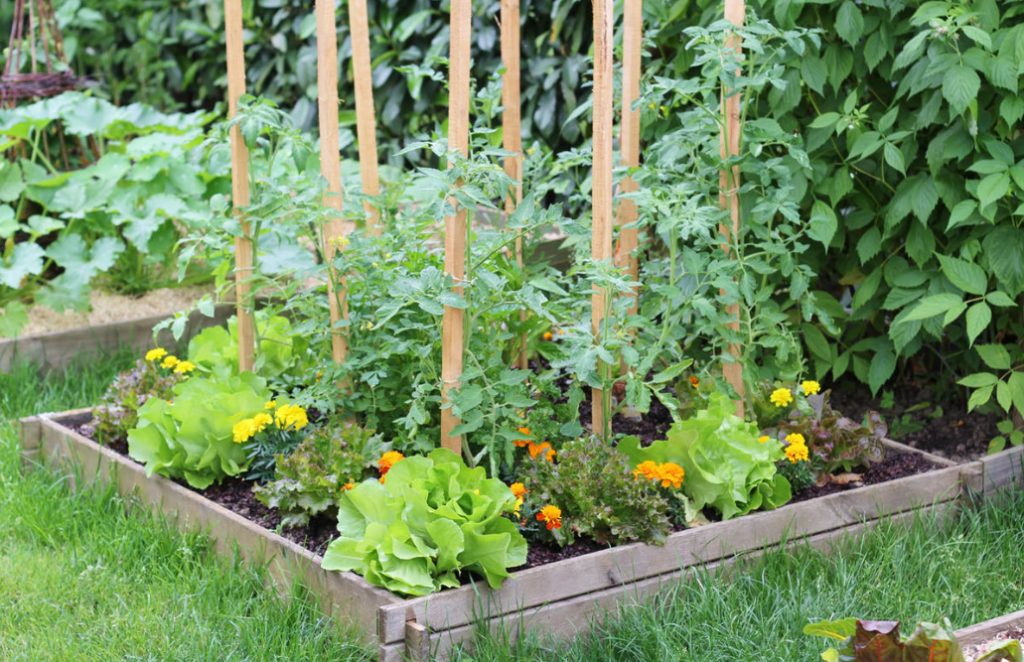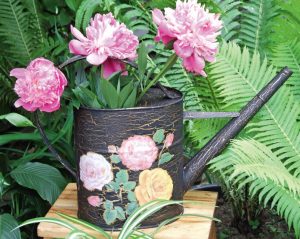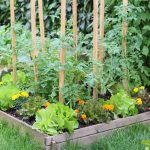Melon
- Colored part of the plant: flowers, fruits.
- Decorative period: July-September.
- Environmental features: placement in open, Sunny places; the plant is drought-resistant, does not need artificial watering (or watering 1 time a week in hot, dry summers).
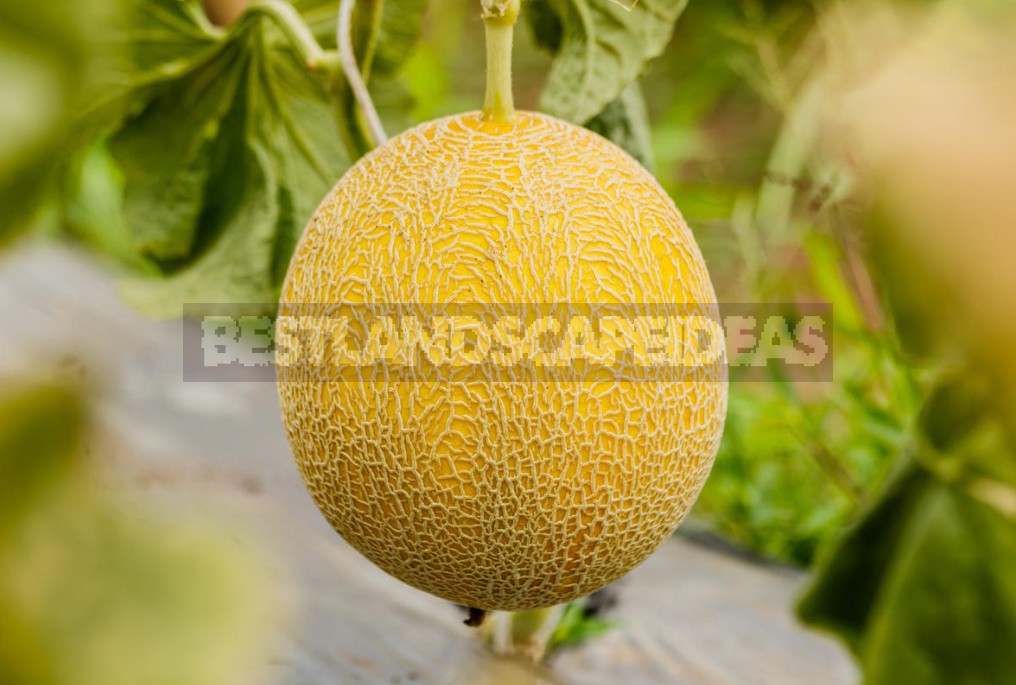
Useful tip: if you are aiming to create complex flower and vegetable compositions, remember that 50% of success depends on the feed. Place them on fancy or, conversely, regular geometric beds, framed by a low border of Buxus sempervirens, Kochia scoparia, hyssop, lavender, rosemary, and so on.
Hypericum perforatum
- Colored part of the plant: inflorescences.
- Decorative period: June-September.
- Environmental features: placement in open, Sunny places; the plant is drought-resistant, does not need artificial watering; cold-resistant.
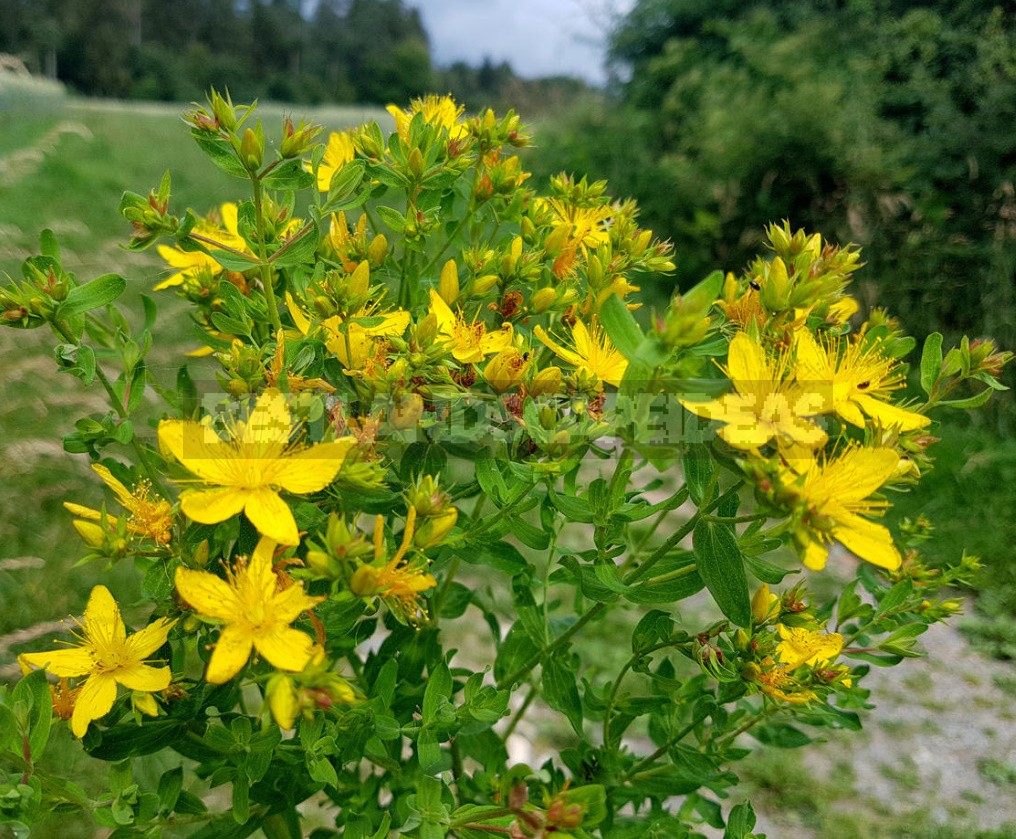
Squash
- Colored part of the plant: flowers, fruits.
- Decorative period: June-September.
- Environmental features: placement in open, Sunny places; watering 2 times a week in hot, dry summers.

Useful tip: zucchini perfectly coexist with mint, beans, but do not like the neighborhood of potatoes, which are nevertheless considered a good predecessor for them.
Calendula
- Colored part of the plant: inflorescences.
- Decorative period: June-October.
- Environmental features: placement in open, Sunny places; watering 1-2 times a week in hot, dry summers; cold-resistant plant.

Caltha palustris
- Colored part of the plant: flowers.
- Decorative period: April-may.
- Environmental features: placement in open, Sunny places; water, cold-resistant plant.
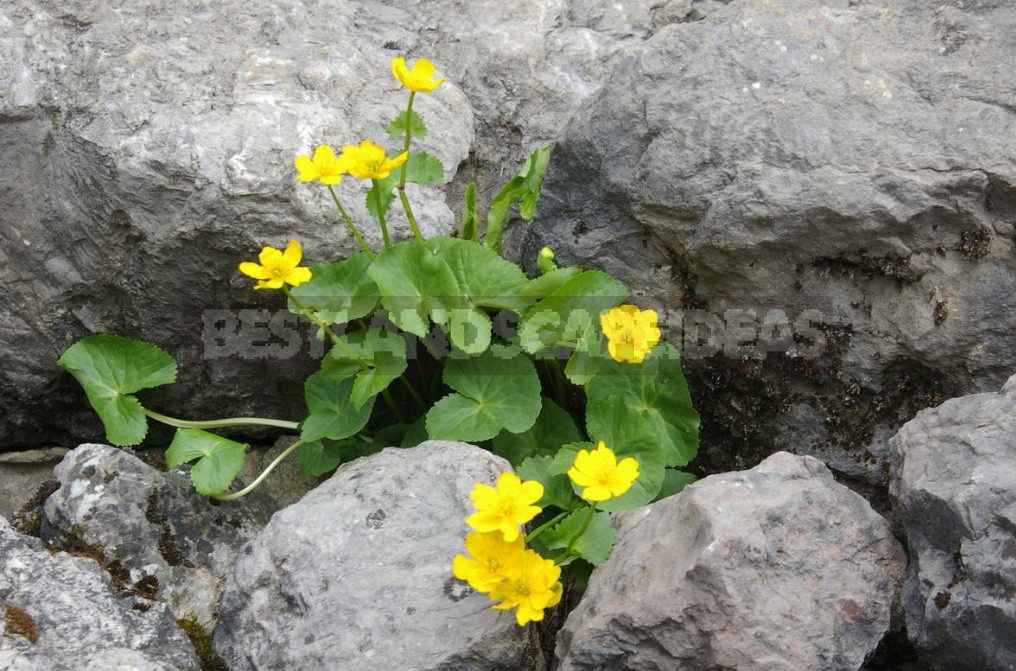
Useful tip: when planning the shape and size of such beds (mixborders), remember that they should not be out of the overall compositional plan of the cottage, its style. Also, do not forget that the plants on them will need to be taken care of, and this should be convenient for you.
Tanacetum balsamita
- Colored part of the plant: inflorescences.
- Decorative period: August-September.
- Environmental features: placement in open, Sunny places; the plant is drought-resistant, does not need artificial watering; cold-resistant.
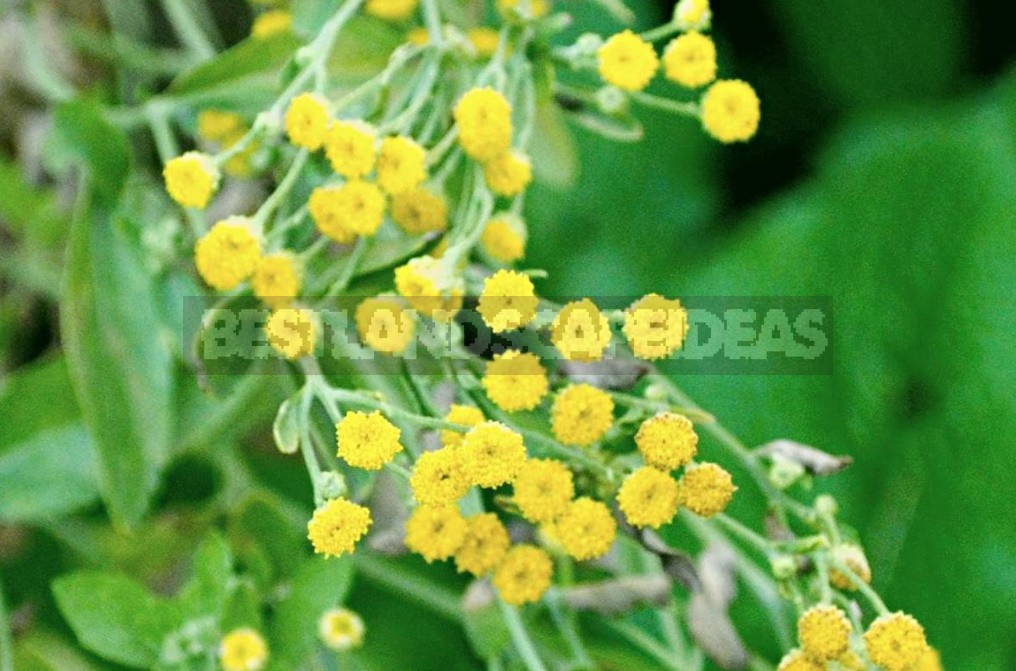
Useful tip: feel free to use Tanacetum balsamita in the cottage design of pryanovkusovyh and aromatic herbs, planting seedlings of marjoram, oregano, sage, mint as seals on the vacated places. On heavy soils, it is better to use plants directly in small pots, containers, creating spectacular potted gardens.
Scorzonera hispanica
- Colored part of the plant: inflorescences.
- Decorative period: may-June.
- Environmental features: placement in open, Sunny places; watering 1 time a week in hot dry summers; cold-resistant plant.
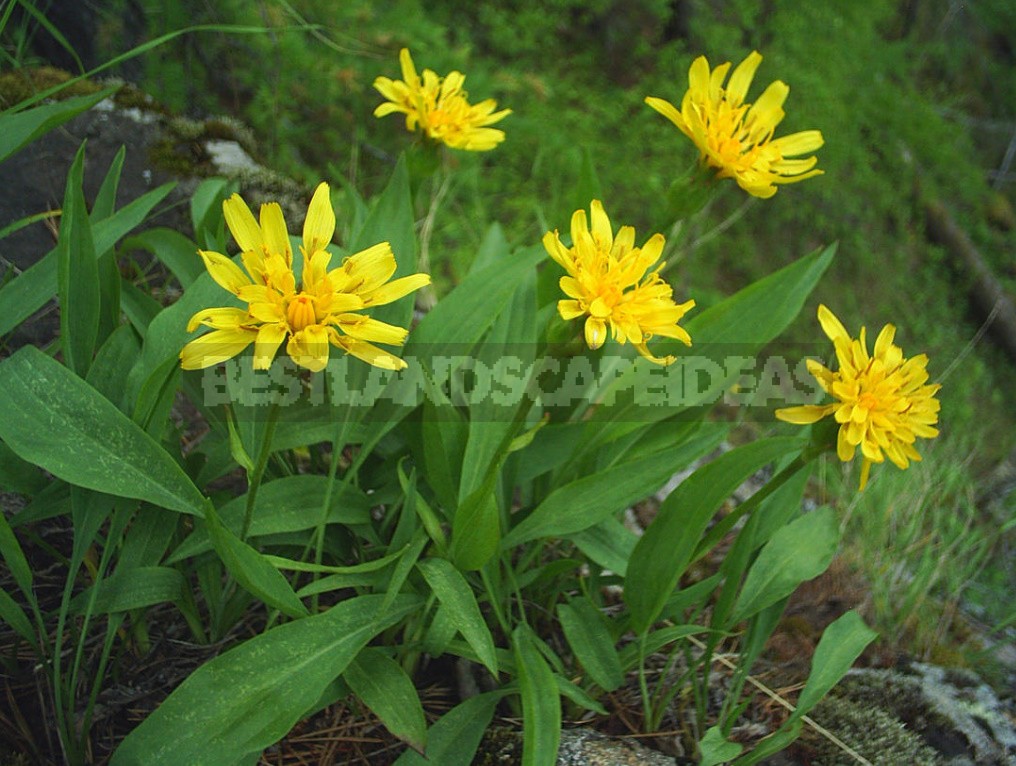
Verbascum densiflorum
- Colored part of the plant: inflorescences.
- Decorative period: June-August.
- Environmental features: placement in open, Sunny places; the plant is drought-resistant, does not need artificial watering; cold-resistant.
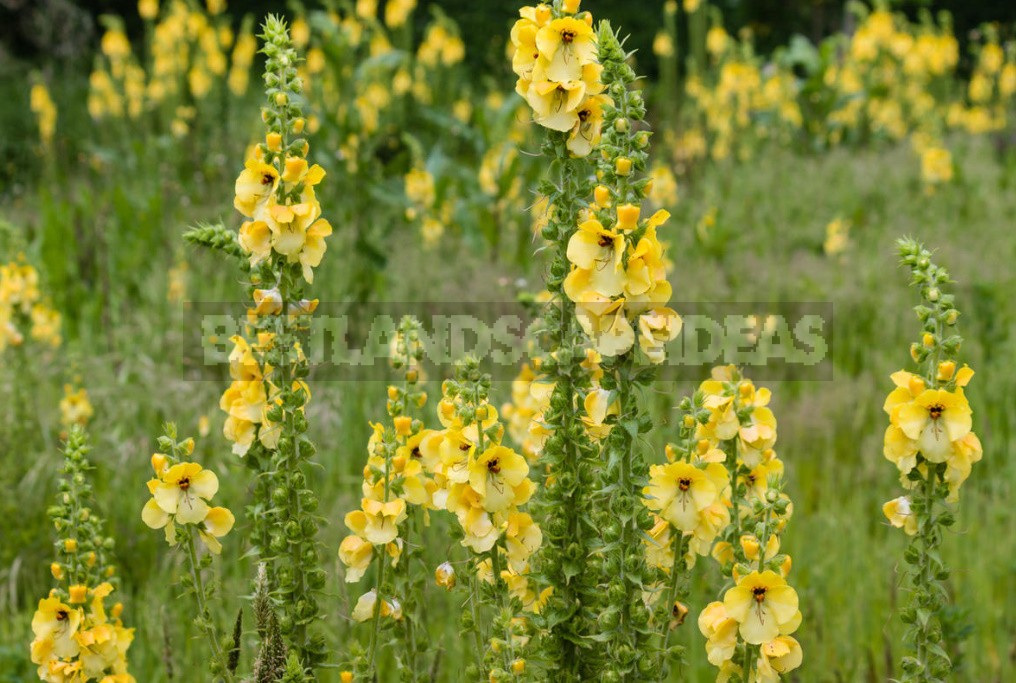
Crookneck
- Colored part of the plant: flowers, fruits.
- Decorative period: June-August.
- Environmental features: placement in open, Sunny places; watering 2 times a week in hot, dry summers.
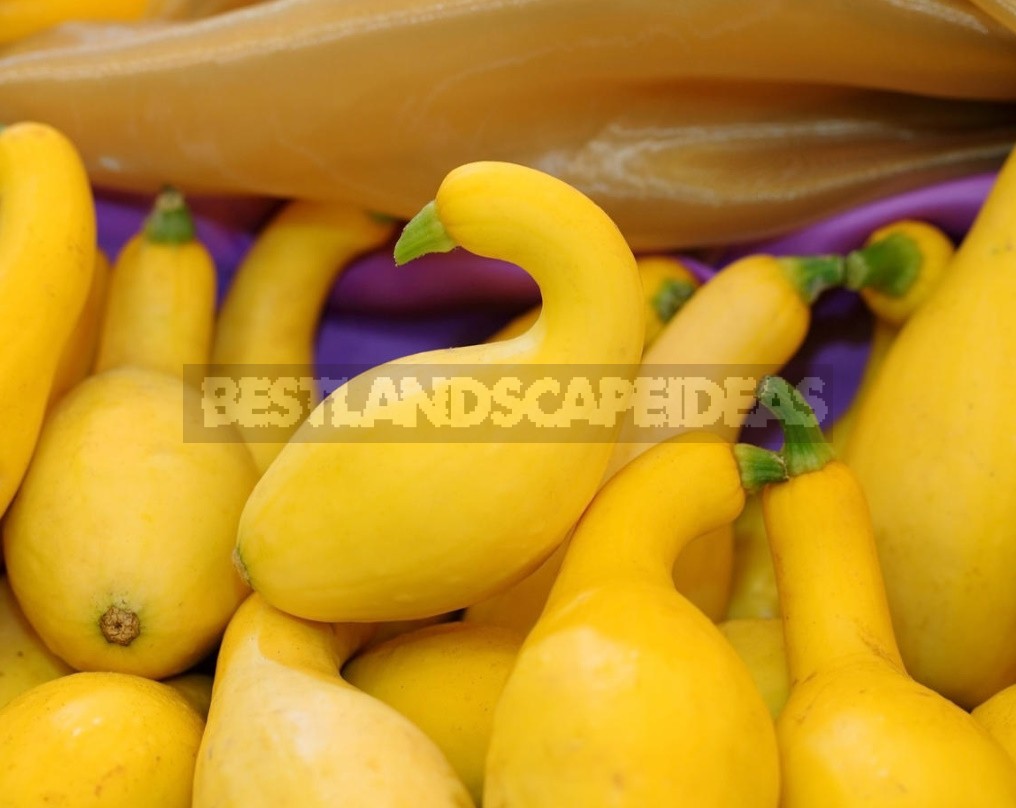
Useful tip: when choosing crops from the presented assortment for your compositions, do not forget about crop rotation and the basic principles of mixed compacted crops and plantings.
Filipendula ulmaria, varieties ‘Aurea’, ‘Variegata’
- Colored part of the plant: leaves.
- Decorative period: during the growing season.
- Environmental features: placement in open, Sunny places or in partial shade; watering 3 times a week in hot dry summers; cold-resistant plant.
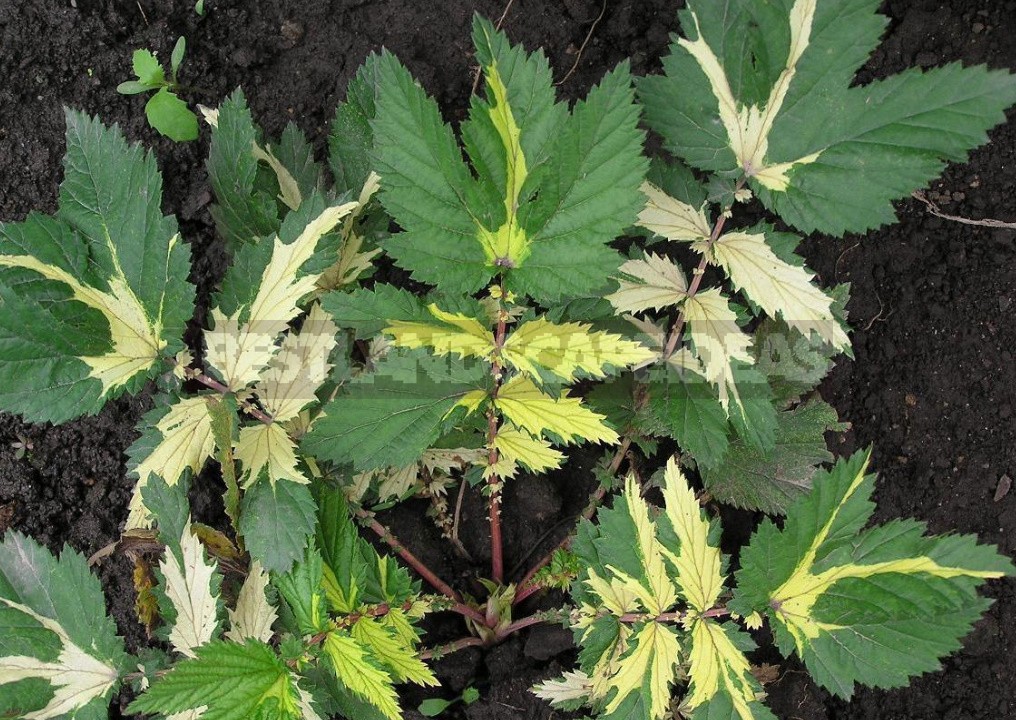
Hemerocallis fulva (varieties with yellow, orange flowers)
- Colored part of the plant: inflorescences.
- Decorative period: July-August.
- Environmental features: placement in open, Sunny places; watering 2-3 times a week in hot, dry summers; cold-resistant plant.
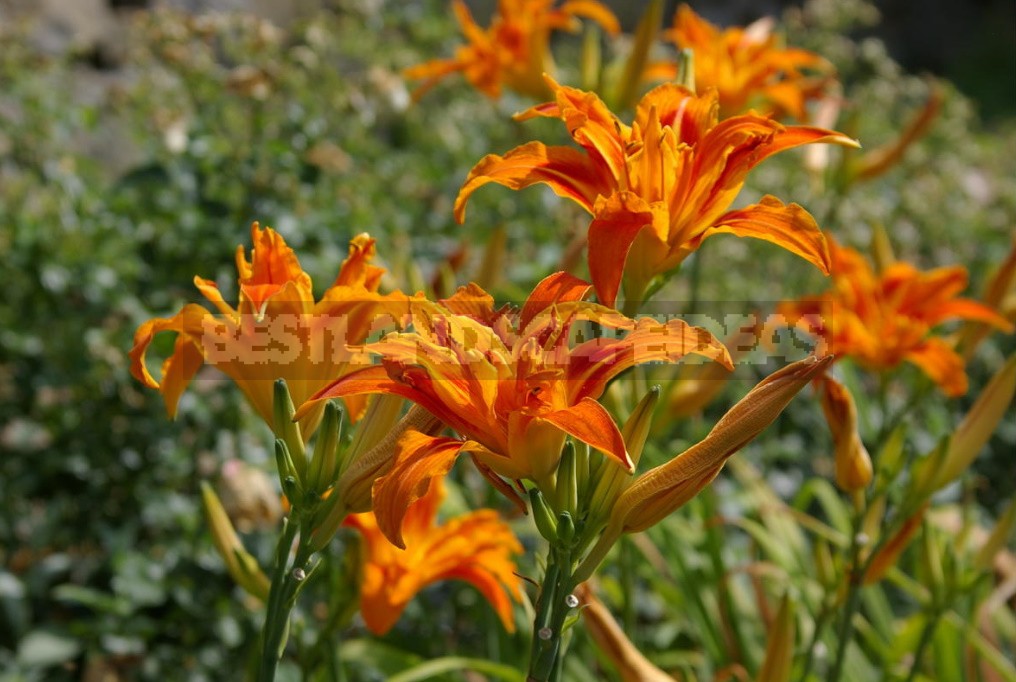
Useful tip: if your dacha is located on a slope, this is not a reason for frustration, because it is on such sites that you can create incredibly spectacular decorative compositions.
Levisticum officinale
- Colored part of the plant: inflorescences.
- Decorative period: June-July.
- Environmental features: placement in open, Sunny places or in partial shade; watering 1-2 times a week in hot dry summers; cold-resistant plant.
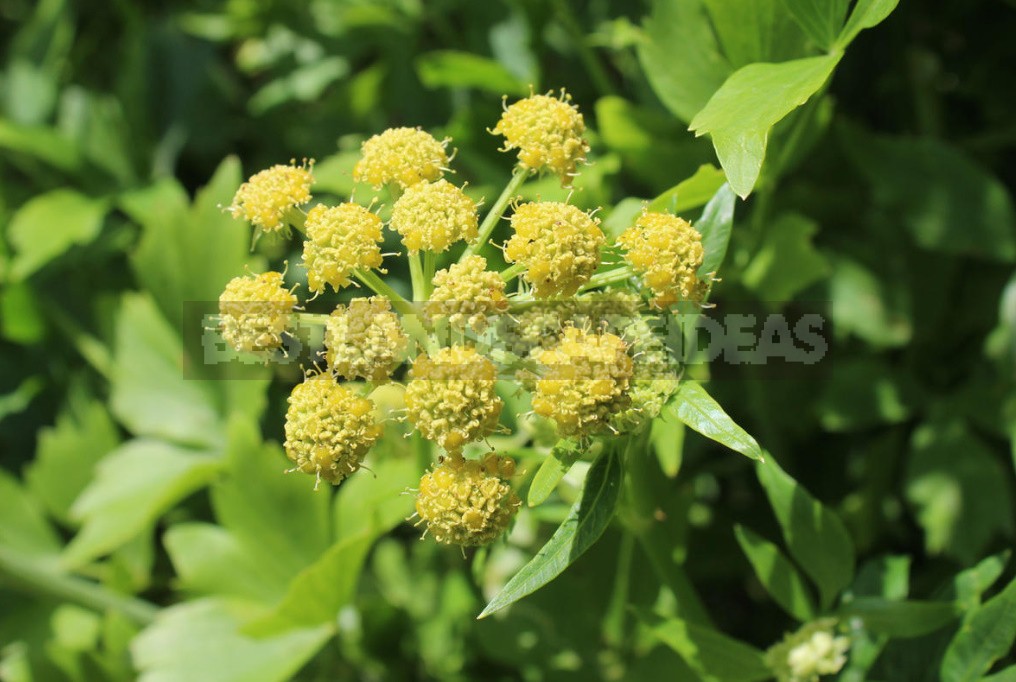
This list of edible ornamental plants that create a yellow color scheme is not exhaustive. While I’m preparing the sequel, you have time to choose the most worthy, beautiful and delicious applicants for your ornamental garden.
